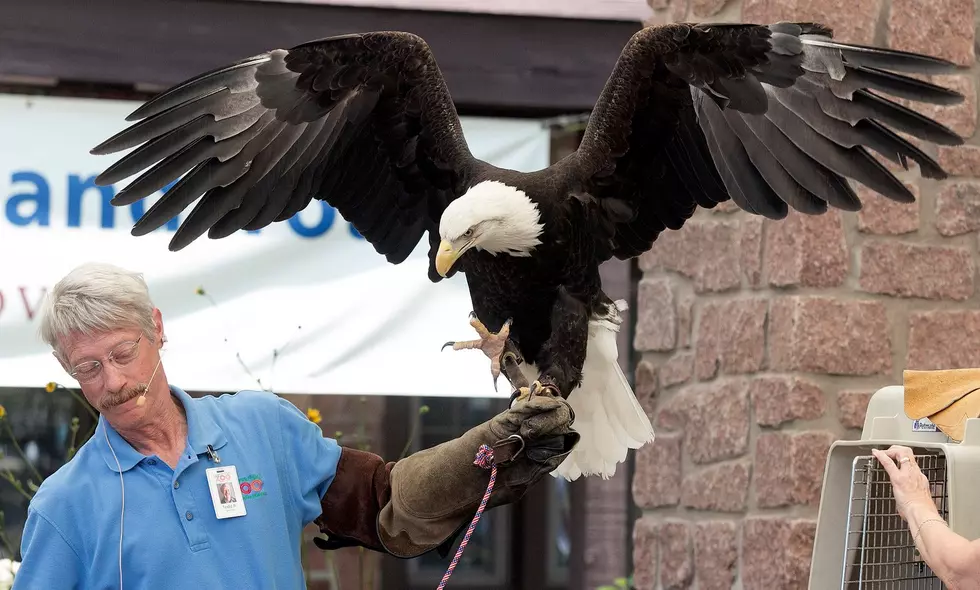
Missouri Department of Conservation Sets Waterfowl Seasons
JEFFERSON CITY–The Missouri Conservation Commission set 2014–2015 waterfowl seasons at its regular August meeting, giving hunters another 60-day season for ducks.
Season dates approved by the Commission follow.
DUCK SEASON:
- North Zone: Oct. 25 – Dec. 23
- Middle Zone: Nov. 1 – Dec. 30
- South Zone: Nov. 27 – Jan. 25
Shooting Hours: One-half hour before sunrise to sunset.
Bag Limit: Six ducks daily with species restrictions of:
- 4 mallards (no more than 2 females)
- 3 scaup
- 3 wood ducks
- 2 redheads
- 2 hooded mergansers
- 2 pintails
- 1 canvasback (decreased from 2 last year)
- 1 black duck
- 1 mottled duck
Possession Limit: Three times the daily bag (in total 18; varies by species).
COOT SEASON:
Concurrent with duck seasons in the respective zones with a daily bag limit of 15 and a possession limit of 45.
GOOSE SEASON:
- Snow, blue, and Ross’s geese: Statewide, Oct. 25-Jan. 31 (99 days)
- White-fronted geese: Statewide, Nov. 27-Jan. 31 (66 days)
- Canada geese and brant: Statewide, Oct. 4-Oct. 12 (9 days) and Nov. 27-Jan. 31 (66 days)
Shooting Hours: One-half hour before sunrise to sunset.
Bag/Possession Limit: The bag and possession limits include no more than three Canada geese daily (nine in possession), 20 snow, blue, or Ross’s geese daily (no possession limit), two white-fronted geese daily (six in possession), and one brant daily (three in possession).
YOUTH HUNTING DAYS: Any person 15 years of age or younger may participate in the youth waterfowl hunting days without permit, provided they are in the immediate presence of an adult 18 years of age or older. If the youth hunter does not possess a hunter education certificate card, the adult must meet permit requirements for small-game hunting and have in his or her possession a valid hunter-education certificate card unless they were born before Jan. 1, 1967. The adult may not hunt ducks but may participate in other seasons that are open on the special youth days.
- North Zone: Oct. 18–19
- Middle Zone: Oct. 25–26
- South Zone: Nov. 22–23
Bag Limit: Bag limits and shooting hours for ducks and geese are the same as during the regular waterfowl season.
FALCONRY SEASON for ducks, coots and mergansers: The federal framework allows 107 days. Falconry is open during teal season (16 days), regular gun duck season (60 days), and youth season (two days) in the respective zones, leaving 29 days remaining for extended falconry.
Statewide, Feb.10–March 10.
Hunting Hours: One-half hour before sunrise to sunset.
Bag Limit: The daily bag and possession limits shall not exceed three and nine birds, respectively, singly, or in the aggregate during the extended falconry season.
LIGHT GOOSE CONSERVATION ORDER: Persons must possess a Conservation Order permit to chase, pursue, and take snow, blue and Ross’s geese between the hours of one-half hour before sunrise to one-half hour after sunset from Feb. 1 through April 30, 2015. An exception to the above permit requirement includes any person 15 years of age or younger provided either 1) s/he is in the immediate presence of a properly licensed adult hunter (must possess a Conservation Order Permit) who is 18 years of age or older and has in his/her possession a valid hunter education certificate card, or was born before Jan. 1, 1967 or 2) s/he possesses a valid hunter education certificate card. Other exceptions include hunters with a Resident Lifetime Conservation Partner Permit or a Resident Lifetime Small Game Hunting Permit, which include Conservation Order Permit privileges. Any other regulation notwithstanding, methods for the taking of snow, blue and Ross’s geese includes using shotguns capable of holding more than three shells, and with the use or aid of recorded or electronically amplified bird calls or sounds, or recorded or electronically amplified imitations of bird calls or sounds. A daily bag limit will not be in effect during the Conservation Order.
Additional details about waterfowl hunting regulations will be published in the 2014-2015 Waterfowl Hunting Digest, which will be available from hunting permit vendors and at mdc.mo.gov/node/303.
The total number of North American waterfowl is estimated to be near record levels for the third year in a row. Surveys of breeding ducks conducted during the summer showed an estimated North American mallard population of 10.9 million. That is up 5 percent from 2013 and 42 percent above the long-term average (LTA). Mallard numbers have exceeded this year’s figure only once in the past 56 years – in 1958. Estimates of other duck species’ breeding populations from the 2014 survey include:
- Blue-winged teal, 8.5 million, which is similar to 2013 and up 75 percent from the long-term average.
- Shoveler, 5.3 million, 11 percent more than 2013 and 114 percent above LTA.
- Scaup, 4.6 million, up 11 percent from 2013 and 8 percent below LTA
- Gadwall, 3.8 million, 14 percent more than last year and 102 percent above LTA.
- Green-winged teal, 3.4 million, up 13 percent from 2013 and 69 percent above LTA.
- Pintail, 3.2 million, 3 percent below 2013 and 20 percent below LTA.
- Wigeon, 3.1 million, up 18 percent from 2013 and 20 percent above LTA.
- Redhead, 1.3 million, up 6 percent from 2013 and 85 percent above LTA.
- Canvasback, 685,000, down 13 percent from 2013 and 18 percent above LTA.
(Courtesy of the Missouri Department of Conservation)
More From AM 1050 KSIS









